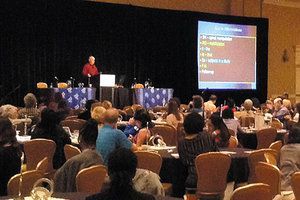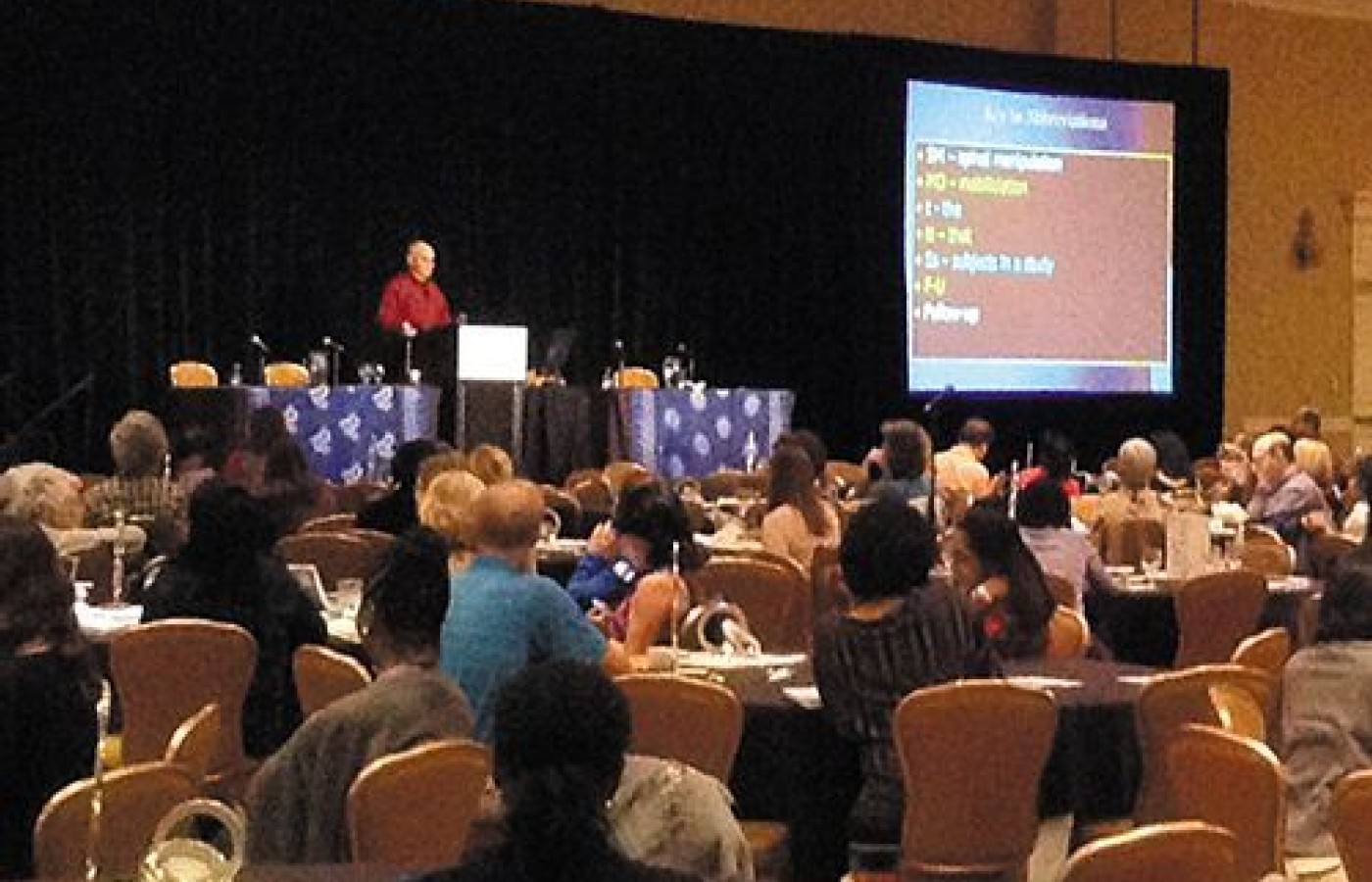New York's highest court of appeals has held that no-fault insurers cannot deny no-fault benefits where they unilaterally determine that a provider has committed misconduct based upon alleged fraudulent conduct. The Court held that this authority belongs solely to state regulators, specifically New York's Board of Regents, which oversees professional licensing and discipline. This follows a similar recent ruling in Florida reported in this publication.
Talking to MDs About Chiropractic
The first week of November 2013, I was invited to serve as a guest faculty member, the first chiropractor to do so, at the 14th annual "The Science and Clinical Application of Integrative Holistic Medicine Conference" held in held in St. Petersburg, Fla. Among the faculty at the conference, sponsored by the American Board of Integrative Holistic Medicine and the Scripps Center for Integrative Medicine, were many world-renowned professors / physicians from major universities representing various medical specialties. Most lecture about natural, non-allopathic approaches to health care.
There were well over 500 medical doctors who attended my 45-minute presentation and a panel discussion I participated in later that afternoon. For me, I saw this as a wonderful opportunity to communicate with and educate a large number of physicians about the scientific basis, documentation of effectiveness, safety, and benefits of chiropractic adjustment and spinal manipulation.
The most difficult task was condensing the enormous volume of scientific literature supporting chiropractic into a very concise, relatively brief presentation. Having taught 12-hour evidence-based seminars for more than 25 years, the challenge was to eliminate literally thousands of slides and select only 50, yet capture the enormous progress, contemporary paradigms and increasing validation which has accumulated over decades, particularly, in the past five years.
How to do all this and yet, keep the presentation coherent, informative, entertaining and in some sense, comprehensive? After many weeks of frustrating attempts to accomplish this feat, the presentation finally took shape. Here are the key topics on chiropractic and spinal manipulation I included in the discussion:
- An introduction to manual therapy
- Recommendations for its use in major clinical practice guidelines
- The biomechanics of hypomobile, dysfunctional joints
- The mechanical and neurological effects of spinal manipulation
- Articular neurology and its effects on the central nervous system
- Recent clinical trials on effectiveness
- Safety versus risk of cervical manipulation
- Appropriate referral for manipulation and/or mobilization

The research on each of these topics, I felt, was essential for the attendees to get at least a glimpse of the growth and evolution of a relatively young profession's scientific maturation. The very recent evidence on spinal manipulation's effect on somatosensory processing and sensorimotor integration in the brain is critical in order to gain some insight into the breadth of manipulation's profound influence on the functioning of the central nervous system.
Beforehand, I had been assured by several of the organizers of the conference that the audience would be receptive because these were MDs practicing integrative holistic medicine; and indeed, they were. Looking out over a sea of attentive, expectant physicians' faces was exciting. Fortunately, my sense of chiropractic humor translated well to the medical docs. This helped eliminate any tension and generated a sense of acceptance and unity. The presentation was very well-received.
After the talk, I was barraged by a host of eager, open and friendly docs full of good questions about chiropractic and their own personal health issues. There was clearly a sense of mutual respect and collegiality. These medical doctors wanted to know what chiropractic had to offer, and clearly recognized their lack of knowledge about it, its safety and documented benefits.
Many of the other topics presented at this conference would be of great interest to chiropractors. Some of the fascinating presentations included "Mind Body Medicine," "Integrative, Holistic Neurology," "Healthy Sleep," "Spirituality and Medicine," and "Functional Neurology." Several lectures by world-famous physicians focused on nutrition, including one by David Perlmutter, MD, author the current New York Times best-seller, Grain Brain. And a cardiologist presented the latest research on how love affects the heart, reviewing a number of provocative studies on the physiology of love.
There was a clear sense of dedication, purpose and principle among the physicians attending the conference. If you are interested in next year's conference or learning more about integrative holistic medicine, you can find out more information at www.abihm.org.
This is the time for interprofessional communication, interactive education, the sharing of information, alternative perspectives, and innovative paradigms concerning healing, wellness and optimal function. These are the benchmarks of 21st century health care.
As chiropractors, we should make every effort to connect with medical doctors, to both educate and learn from them. There is a growing interest in and recognition of natural, drug-free approaches in medicine today. The doorway is wide open for us to reach across the divisions that separate us, for the benefit and well-being of all our patients.



